Kkumdori House (꿈돌이 하우스)
12.8Km 2025-07-31
Jungangno 203-beongil 3, Dong-gu, Daejeon
Mercado Jungang de Daejeon (대전 중앙시장)
13.0Km 2025-07-09
Daejeon-ro 783, Dong-gu, Daejeon
Complejo Deportivo Hanbat (한밭종합운동장)
13.1Km 2021-04-09
Daejong-ro 373, Jung-gu, Daejeon.
+82-42-610-4900
El Complejo Deportivo Hanbat, abierto en enero de 1964, es la casa del equipo profesional de béisbol Hanwha Eagles. Está situado en Busa-dong, Jung-gu, Daejeon, y formado por un estadio principal, una pista de tenis, una zona para practicar ssireum (lucha libre coreana), una piscina y una pista de patinaje.
El estadio de béisbol tiene capacidad para 10.156 espectadores y una valla de 1,5 metros de altura, lo que lo convierte en el estadio más favorable para los bateadores en Corea. Gracias a las reformas terminadas en abril del año 2000, el estadio ahora mide 5 metros cuadrados más y cuenta con nuevas instalaciones como una cafetería, baños y un parque. Una ventaja añadida es que las tiendas, dentro y fuera del campo, están equipadas con paredes de cristal, ofreciendo a los espectadores una excelente vista del juego.
Estadio Hanwha Life Ball Park de Daejeon (대전 한화생명 볼파크)
13.1Km 2025-07-31
Daejong-ro 373, Jung-gu, Daejeon
Aldea de los Trabajadores del Ferrocarril (Sendero Sollangsiul-gil) (철도관사촌(솔랑시울길))
13.2Km 2025-08-08
Soje-dong, Dong-gu, Daejeon
Calle de los Cafés de Soje-dong (소제동 카페 거리)
13.2Km 2025-07-31
Suhyang-gil 53, Dong-gu, Daejeon
Complejo de la Terminal de Daejeon (대전복합터미널)
13.3Km 2021-04-24
Dongseo-daero 1695-beongil 30, Dong-gu, Daejeon
+82-42-625-8791
El Complejo de la Terminal de Daejeon culminó su renovación en diciembre de 2011 y se ha convertido en el centro neurálgico del transporte en autobús de la ciudad.
Pabellón Dongchundang de Hoedeok en Daejeon (대전 회덕 동춘당)
13.8Km 2025-08-13
Dongchundang-ro 80, Daedeok-gu, Daejeon.
El Pabellón Dongchundang es un edificio tradicional construido en 1653. Fue la residencia del político Song Jung-gil. Fue designado como Tesoro y guarda muchas piezas de alto valor cultural e histórico. Cada año se celebra aquí un festival alusivo.
Museo de Seokjangni (석장리박물관)
14.5Km 2024-12-03
Geumbyeok-ro 990, Gongju-si, Chungcheongnam-do, Corea
El Museo de Seokjangni conserva los restos de la Edad Paleolítica de Corea. Los visitantes pueden observar diversos objetos arqueológicos y participar en algunos de los talleres o actividades disponibles.
Parque Haneul de Daedong (대동하늘공원)
14.6Km 2022-12-26
Dongdaejeon-ro 110-beongil 182, Dong-gu, Daejeon
+82-42-251-6672
El Parque Haneul (Cielo) de Daedong se estableció durante el evento Rainbow Project en diciembre de 2009. El molino, que es el símbolo del parque, se encuentra a 127 metros sobre el nivel del mar. Los visitantes pueden apreciar una inigualable vista panorámica de la ciudad de Daejeon desde este espacio de relajación, lleno de bancos y pabellones de descanso. Hay una aldea de murales conectada con el Parque Haneul y toda una variedad de cafés temáticos, por lo que se ha vuelto una atracción turística muy popular.
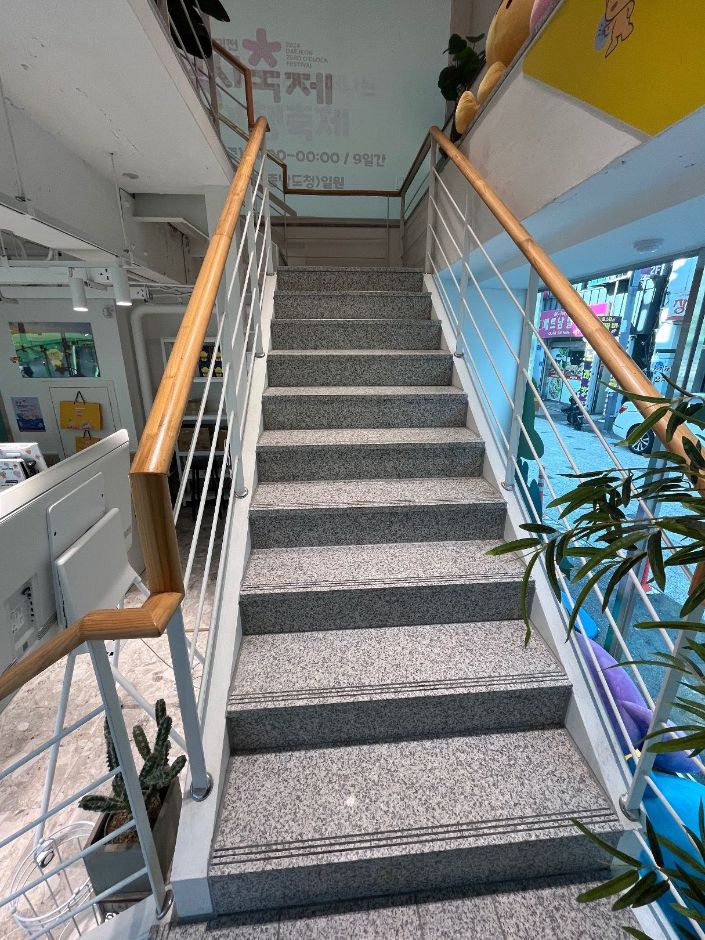

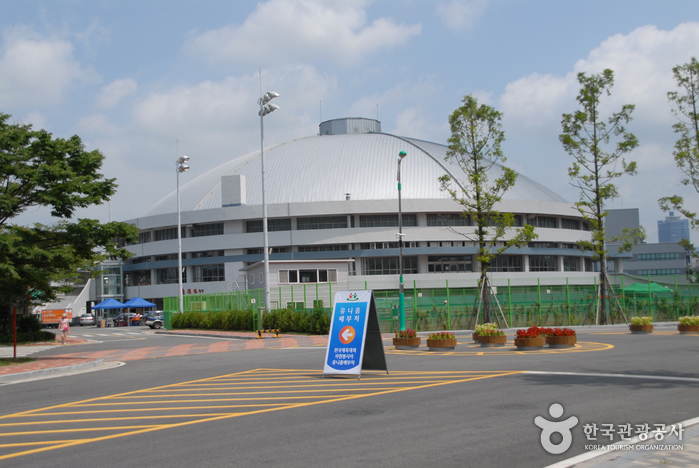
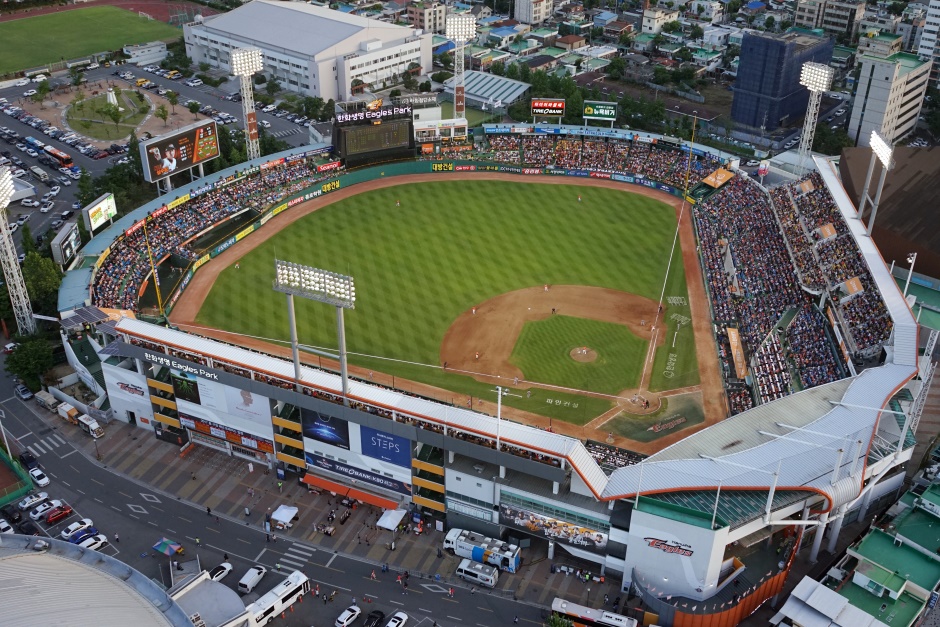
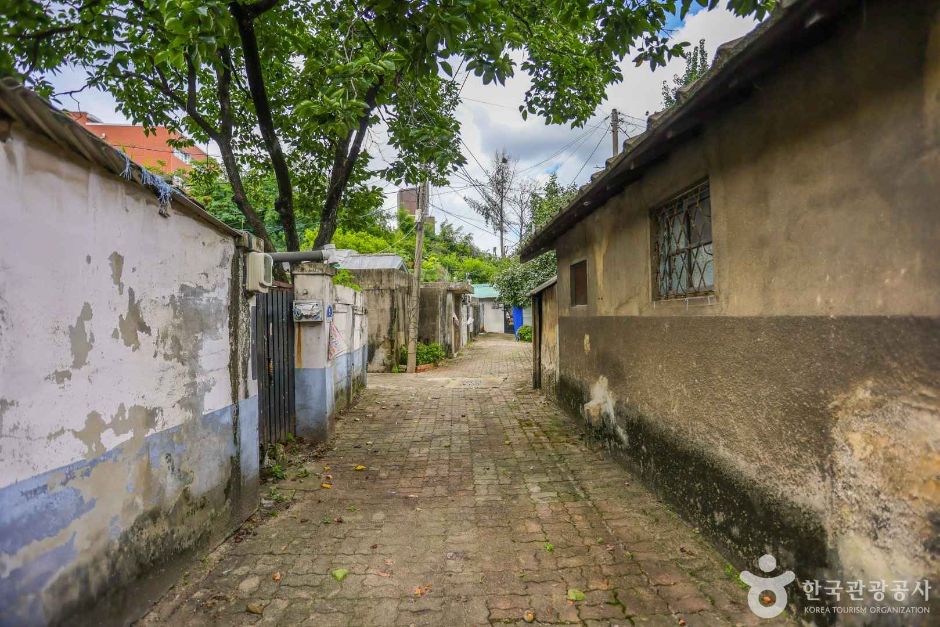
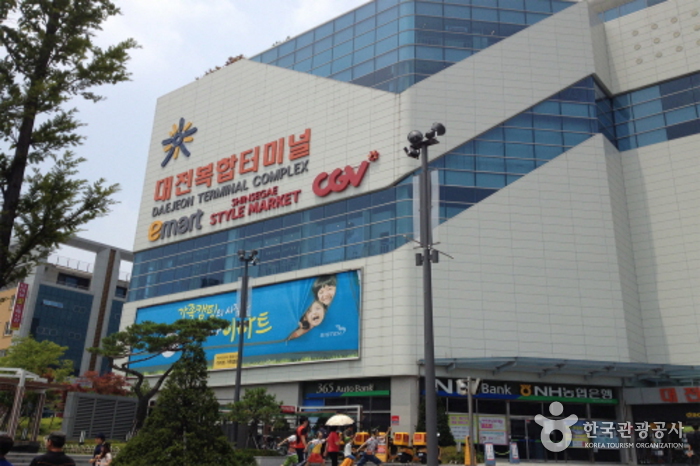
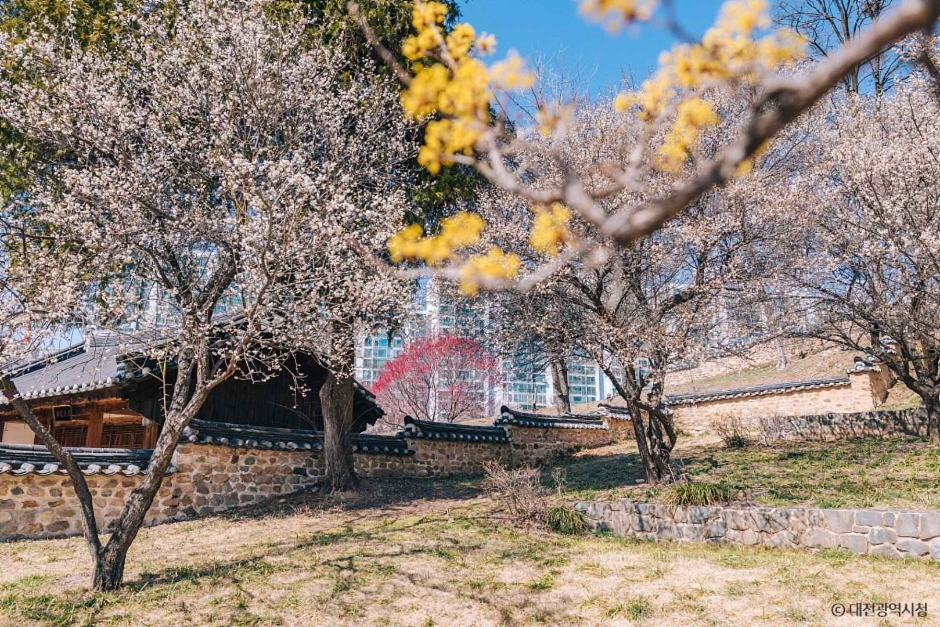
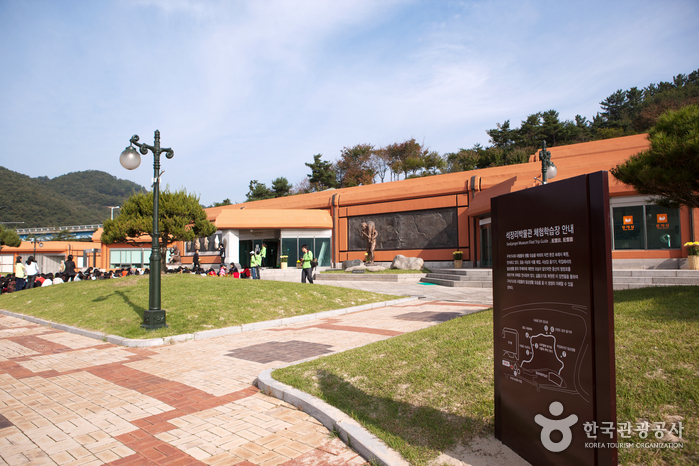
 Español
Español
 한국어
한국어 English
English 日本語
日本語 中文(简体)
中文(简体) Deutsch
Deutsch Français
Français Русский
Русский